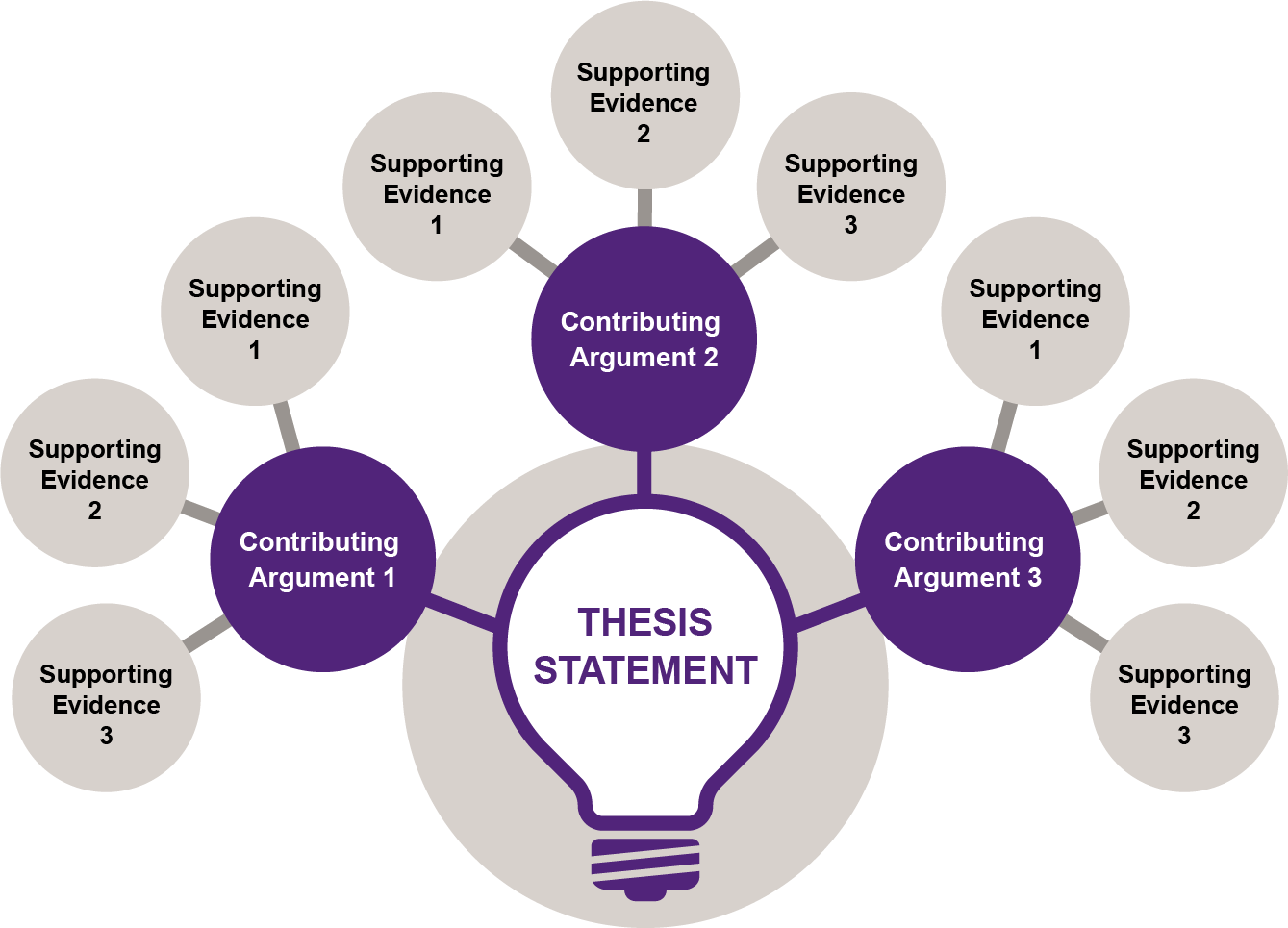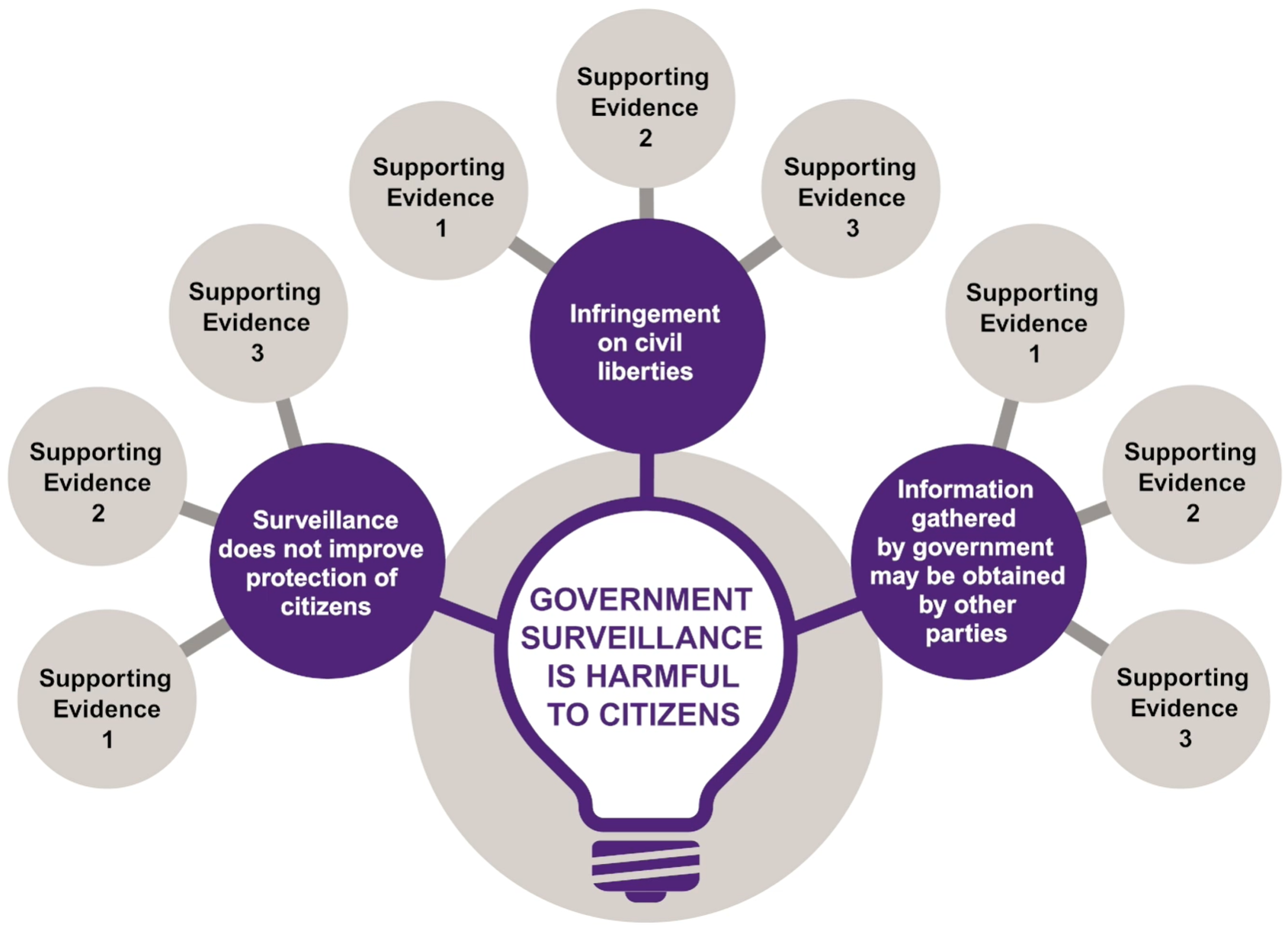i just want to write a general response on how to do assignments without restricting myself to the questions asked above. In essays, you are asked to come up with a thesis (articulated in the form of a thesis statement) or research question and then write on it. How then, do you come up with a thesis? The process is different for literature essays and linguistic essays.
For literature essays, you probably will be doing comparative work between two pieces of writing. This is a fantastic opportunity for you to show independent thinking. With the works that you have studied for a literature module, there will definitely be elements in them where you can comment upon their similarities and differences (i.e. characters, themes, setting, plot points, major events, symbols, motifs, etc.) Pointing out their similarities/differences is not enough. You need to give your own views on these similarities/differences. How does this enrich our understanding of the compared elements?
For linguistics essays, think about the purpose behind each section. Why do we need an Introduction, Literature Review, Methodology, etc.? But being able to fill out these sections, however, doesn’t guarantee originality. To show originality, you need to be able to say “these ideas in my essay are mine” I thought about them, I came up with them, and I did not copy them from existing literature. How do you do that? Read around the chosen topic and then responding to them. Sustain the argument from the Intro to the Conclusion. One point leads to the other. Every single sentence needs to be relevant, otherwise, delete them.
Lastly, love what you do. I try to think about why I’m doing a certain thing, what I can learn from it. If I don’t know my purpose of doing it, then perhaps I should’ve chosen another profession or discipline. I think this mentality can be narrowed down to you asking yourself why you are looking at your topic. When you show genuine interest, genuine ideas come.
THE KEY COMPONENTS OF BODY PARAGRAPHS
Just as the central component of an introductory paragraph of an essay is the thesis statement, the central components of body paragraphs are their contributing arguments and supporting evidence.
The body section of an essay outlines contributing arguments (or supporting arguments) that are designed to inform or persuade the reader to come around to the writer's point of view (as described in the writer's thesis statement). These arguments should be backed up by evidence, which comes from the work of others. Together, the contributing arguments and their associated pieces of evidence form most of the essay.
In an essay of 1000-2000 words, there will generally be space to provide details about three contributing arguments.

EXAMPLE
Consider the thesis statement, "This essay will argue that government surveillance is harmful to citizens". The contributing arguments could be represented on a concept map as follows:

Once these contributing arguments have been determined, the writer would then seek out evidence from other sources to support those arguments.
HOW TO ENHANCE ARGUMENTS WITH SUPPORTING EVIDENCE
For each argument that you make in your writing, you will be required to support your point with evidence. This means referring to the work of others who have conducted study in that area.
Using evidence helps you to show the reader that your arguments are based on the work of those who have actually investigated the topic, not just on thoughts that have come from your own head.
In finding and presenting evidence, it may be helpful to think of yourself like a detective or lawyer who is gathering evidence to build a case. Every piece of evidence you find can help you justify your arguments.
This evidence that you collect should come from a number of different sources to indicate that you have read widely about your topic. You should ensure that:
- Your evidence is appropriate to the paper you are writing.
- The selected evidence is relevant to your argument or your claims.
- You have made it clear to your reader how the evidence supports your contributing argument.
- You have an appropriate amount of evidence.
- Your evidence is correctly cited.
EXAMPLE
The table below shows examples of arguments or statements that are unsupported compared to those that are supported by evidence.
EFFECTIVE CONCLUSIONS
The concluding paragraph of an essay is, in a way, a mirroring of the introduction: Where the introductory paragraph looks forward, outlining the body of the essay, the conclusion looks back, reviewing what has been covered in the body paragraphs and pulling all of the key points together.
It is important to finish your essay with a strong conclusion. A good conclusion has the ability to leave your reader with an overall positive impression of the essay, while a weak conclusion can give the reader the impression that you are not entirely sure about what you are saying.
In a concluding paragraph, you should:
- refer back to your thesis statement, making your stance clear, and
- concisely summarise your main points for the reader.
It is important not to introduce any new information in a conclusion. If there is something that is important and worth mentioning, it should go in the body paragraphs where it can be developed more fully.
It is also important not to be too confident in your conclusions, expressing more certainty than would be reasonable. You should use unemotional, balanced language and come to conclusions with caution. This can be easily achieved by using words and phrases in your conclusion like 'may', 'is likely to' and 'suggests', rather than words that show too much certainty, like 'is going to', 'proven' or 'definitely'.
EXAMPLE
The concluding paragraph below is taken from an essay that you will see again in this course. Notice, however, that although you have not read the rest of this essay, you can still get a clear idea of the writer's thesis statement, stance and main contributing arguments just from reading the conclusion:
- Draw and annotate a concept map that depicts the key components of an argumentative essay
- Identify which types of information are appropriate for use in an academic assignment
- Utilise search engine strategies to locate potentially useful sources of information to use in an assignment
- Evaluate information sources of various kinds to determine their quality
- Utilise search engine strategies such as symbols (e.g., " ", *, -) and operators (e.g., AND, OR, NOT) to locate potentially useful sources of information to use in an assignment
- Evaluate information sources of various kinds using the CARS checklist (credibility, accuracy, reasonableness, support) to determine their quality.
Comments
Post a Comment